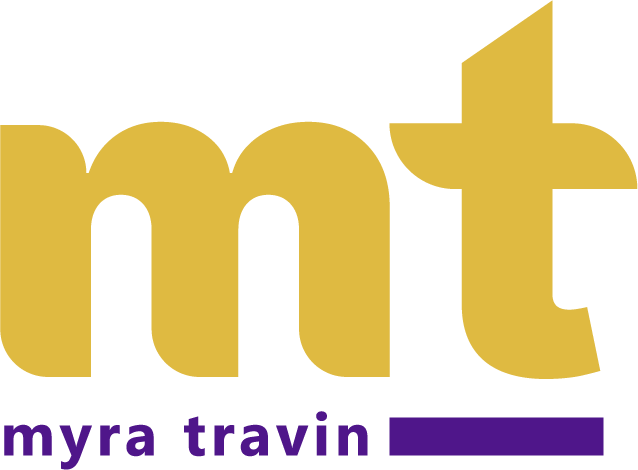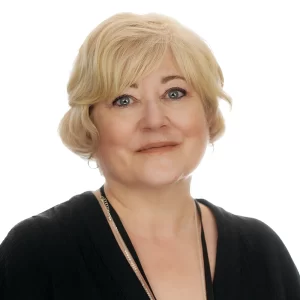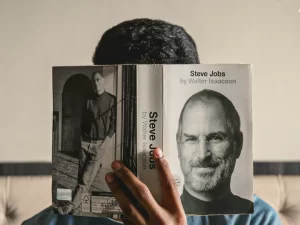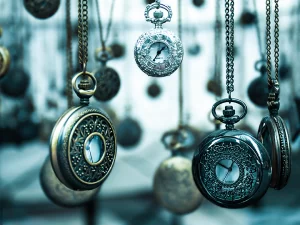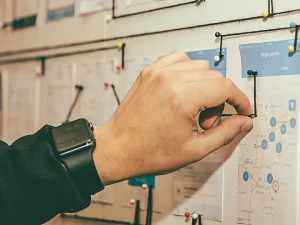It’s just me, dancing the mambo with Maks, Val, Karina and Sharna. Oh, and 2,000 or so of my fellow Seattleites.
Let’s put it this way: I am not a dancer. But something about movement calls out to me. If I would just listen closely enough, it has a secret to tell me. Yet at this moment it hardly seems to matter. We are all inexplicably dancing together, laughing and hooting, and our hips are not lying. Dance With Me, come on!
Other than on top of my father’s feet, I haven’t done much dancing. My father was a wonderful ballroom dancer — he went dancing the day he died. He had remained active most of his life, even with cancer and heart problems. It was, you could say, his lifeline.
Seeing him dance at parties and weddings gave me a feeling for the power of dance to transform and support one’s life. It is also how I discovered Dance With Me. Being a student of women’s lives and how chronic stress stops them from performing at their best, I began researching the strange power of dance on women and how it affects their lives.
Founded by champion and celebrity dancers with a desire to help other people learn the same discipline and love for movement they had felt, Dance With Me is an unusual place. One would think dancing was the reason that all the people at the studio were gathered. But I learned that was only one of many reasons. Like my father, it was a lifeline of sorts for them. Dance was somehow a connection to the person they once were and didn’t know they longed to be again.
How it transformed each of the lives of the people I spoke with was at once both individual and universal. Everyone longs for forward movement and a sense of purpose. They can appreciate a sense of touch that moves them in the right direction. They enjoy being able to express a part of themselves that even they did not fully know existed. Transformation, it seems, is a powerful thing. The most unusual aspect of it was how unexpected the power of it to change their lives had been for them. They walked in as sometimes shy or hesitant people wanting something they could not quite explain and found that whatever it was they received defied description. But they knew it when they felt it.
Shari, a new mother, was yearning to get back to a healthier lifestyle. Her husband bought her dance lessons as a gift. A gift she almost didn’t get around to using, but eventually she walked through the doors of DWM. Kenny, a newly divorced man, was hoping that he would be able to interact with people again in a social situation. The divorce had been rough, and he thought that dancing might be the answer. When he realized that his lesson was private, but was not in a totally separate space, he almost walked out. His instructor soon calmed him down enough for him to stay for the lesson, and for all those that followed. He trusted her.
Pat, whose son was sent to the war, found she was missing him and worrying so much that even as a highly social and upbeat person, she was isolating herself and letting the difficult circumstances of her son’s deployment sap her of energy and joy. She also turned to dance, to chase away the worry and stress that had no other outlet. And she stayed. When I asked if she had ever considered going to a gym to work out, her answer was, “One minute at the gym feels like an hour, but one hour at DWM feels like a minute. I never want to stop dancing.”
Rafael, a teacher at DWM, says he has seen every type of person walk through his door over the years —shy, sad, happy, frightened and dedicated — but it never stops amazing him how much they change over the course of the lessons. “They start dressing better, eating better, and even flirting a bit,” he says. “The light comes back into their eyes, and you can see that they are becoming a new and different self. The transformation of them from person to dancer is a wonder to behold. It is one of the reasons I love being here. I never get tired of watching people transform themselves.”
Jhanna, a founder of DWM, puts it to me: “I always knew it was a powerful change in people’s lives, but one day I was sitting in the beauty parlor and I overheard several women talking” — one of whom she knew was a psychologist. “They used to come to me” for therapy, she said of these women. “Now I see them going into Dance With Me, and they never see me (as a psychologist) again!”
She could not be happier. God, she thought, was the only one really noticing her goal for her students. She knew that millions of people watched the changes in famous people on Dancing With the Stars and marveled at how their personal lives changed as they learned to dance. She knew that her studio was changing people in profound ways, and that they didn’t always realize that dancing was just one part of the equation.
As Bill Farrand, a psychotherapist and Director at a Chicago community agency — and a former dancer — says:
“The links between social isolation and decreased physical activity have been well established by research. Social isolation has become an increasingly common issue among Americans. A study by social scientists at Duke University have observed a steep decline in social connectedness over the past 20 years, with 25 percent of Americans reporting that they have no meaningful social support at all. The consequences of this isolation are increased vulnerability to mental illness, particularly the onset of major depression and various forms of addiction. It is also clear that exercise is an empirically validated component of treatment for major depression.” If this research is to be believed, then it appears DWM has found a magic pill of sorts: Get people together, and get them moving.
When I bring this idea up to the Ukrainian brothers Maksim and Val Chmerkovskiy, backstage after a Seattle performance of Ballroom With a Twist, they echo the sentiments expressed during a part of the show when they ask the whole audience to dance with them. The feeling of two thousand people moving together, whether expertly or poorly, can only be described as stirring. When Maks takes a moment to hug and then sway with the sign-language interpreter and Val, Karina and Sharna lead people both on and off the stage in a mass salsa, the sense of whole experience is easily felt. We are family. And we came to dance.
As Bill continues: “The DWM model would seem to address the underlying factors that can contribute to depression and other issues. Dance can be described as a series of postures; proper posture alone has been shown to increase feelings of positivity, confidence and optimism. The exercise involved in the training would have obvious and well-documented benefits. Finally the sense of community one could access in the course of participation would decrease the sense of social isolation and positively effect a person’s well-being.”
Of the individuals I interviewed, all of them changed two major areas of their life after being involved with DWM: They spent more time moving than they had in a while. The dancing ability came after they felt comfortable, but it didn’t take long. Depression rates plummeted, and their self-esteem and sense of connection soared. It is easy to see the transformation of celebrities on Dancing With the Stars. But an everyday woman? Could this happen to them?
Probably the most surprising fact I heard was how dedicated to transformation the dance instructors were for their students. Several students told me that in all the years that their instructor Val Chmerkovskiy taught them, he was never late once. How could a professional dancer on television be so committed to his dance students? It may be in the words of founder Alexander Chmerkovskiy, the dashing and determined father of Maks and Val. “Family first,” he told me. And in this case, family means everyone who opens the door of his studios.
“Just dance, it doesn’t have to be perfect,” my father had told me. Maybe he was right. DWM may be just what the doctor ordered.
